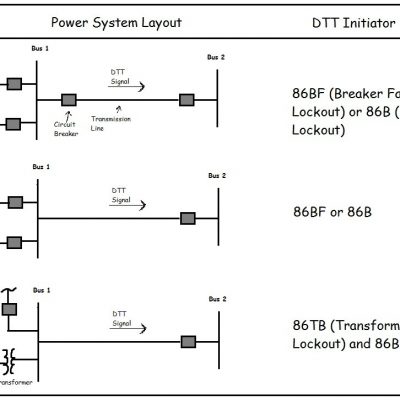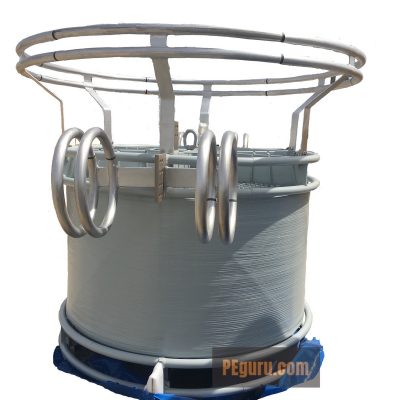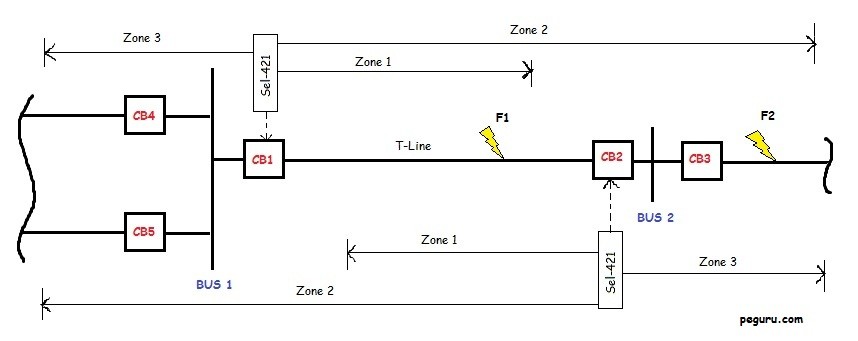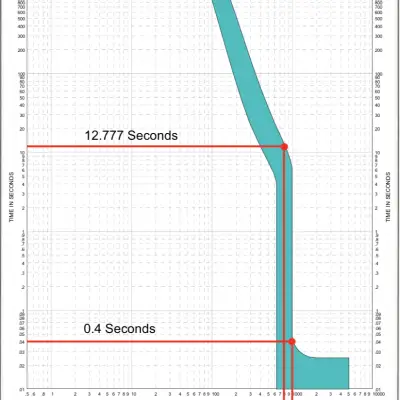Direct Transfer Trip Scheme
Direct Transfer Trips (DTT) are initiated from station relays when a serious event occurs in the substation. Some of these events are breaker failure, bus faults, transformer failure, etc. A lockout relay (86 device) is assigned to each event.
Direct Transfer Trip Scheme Read More »




